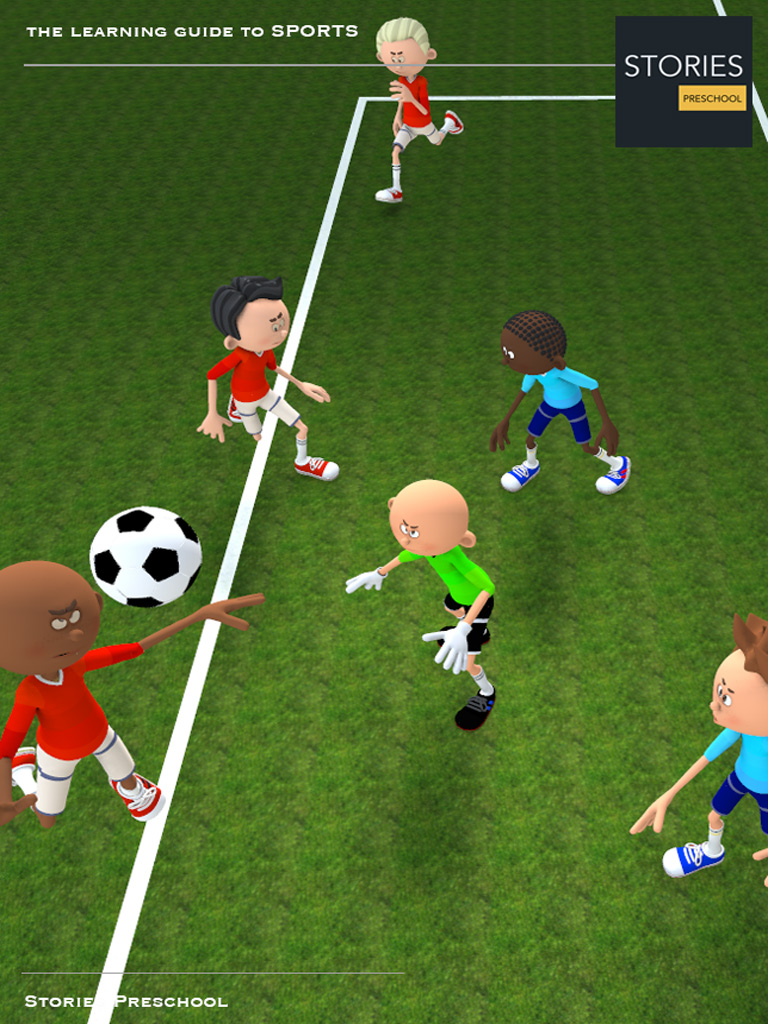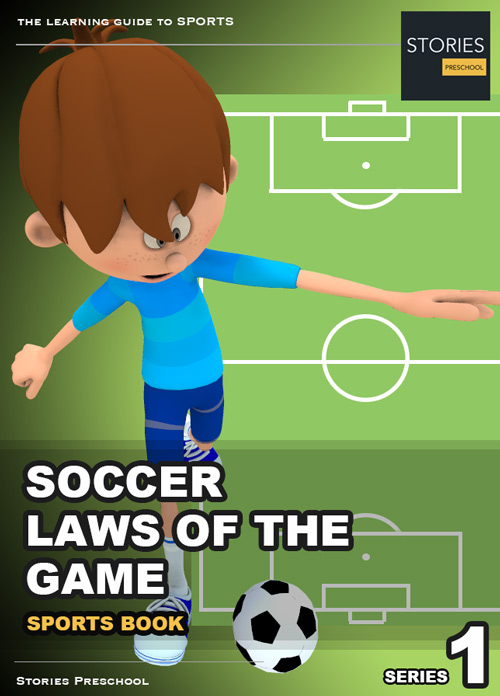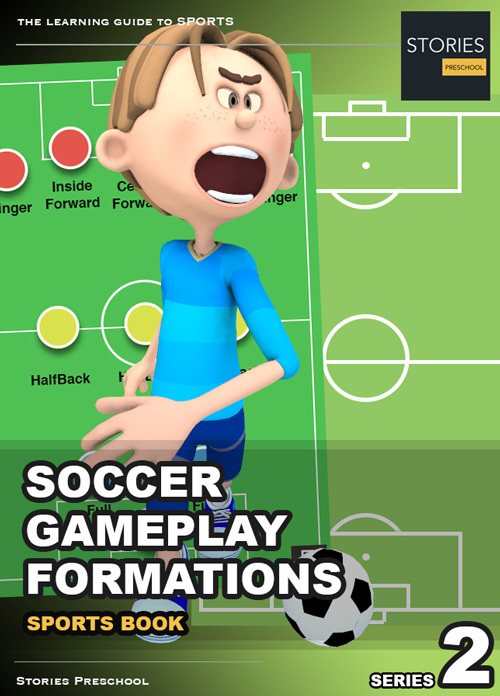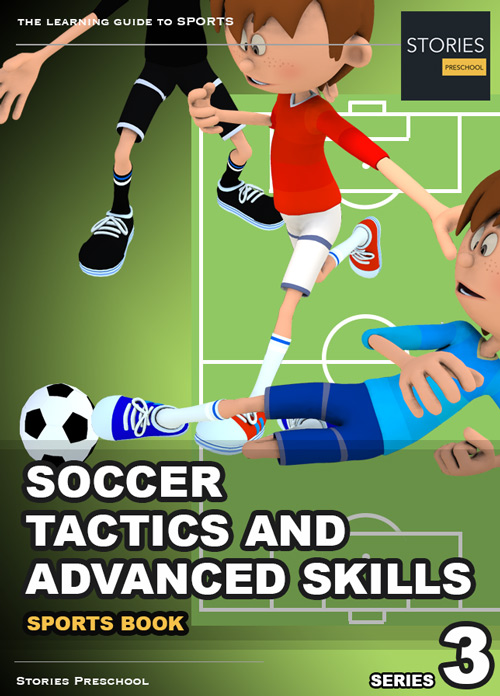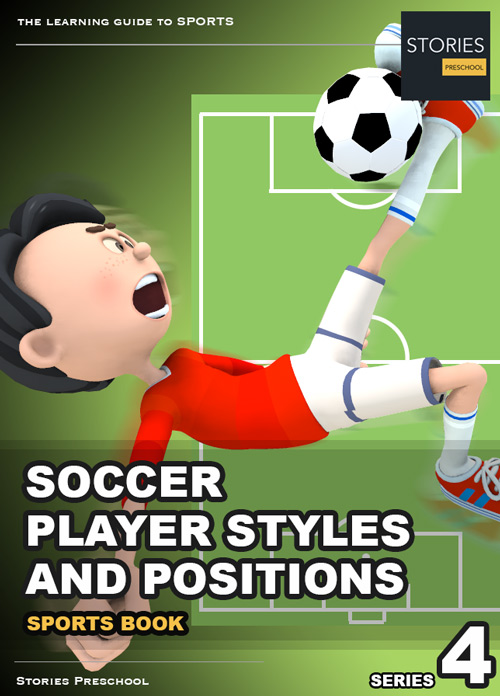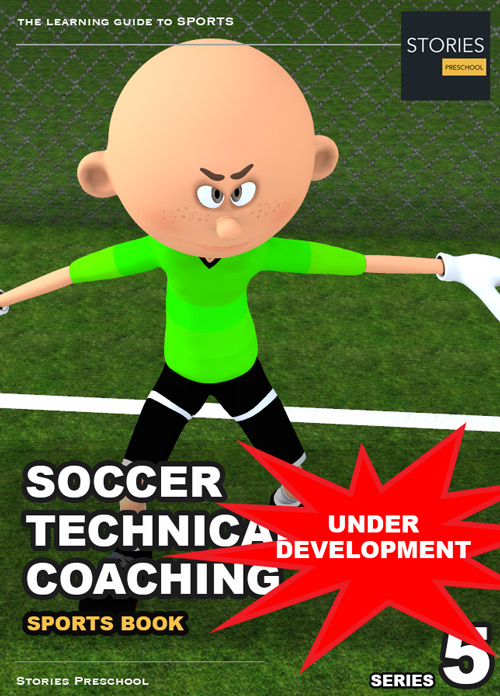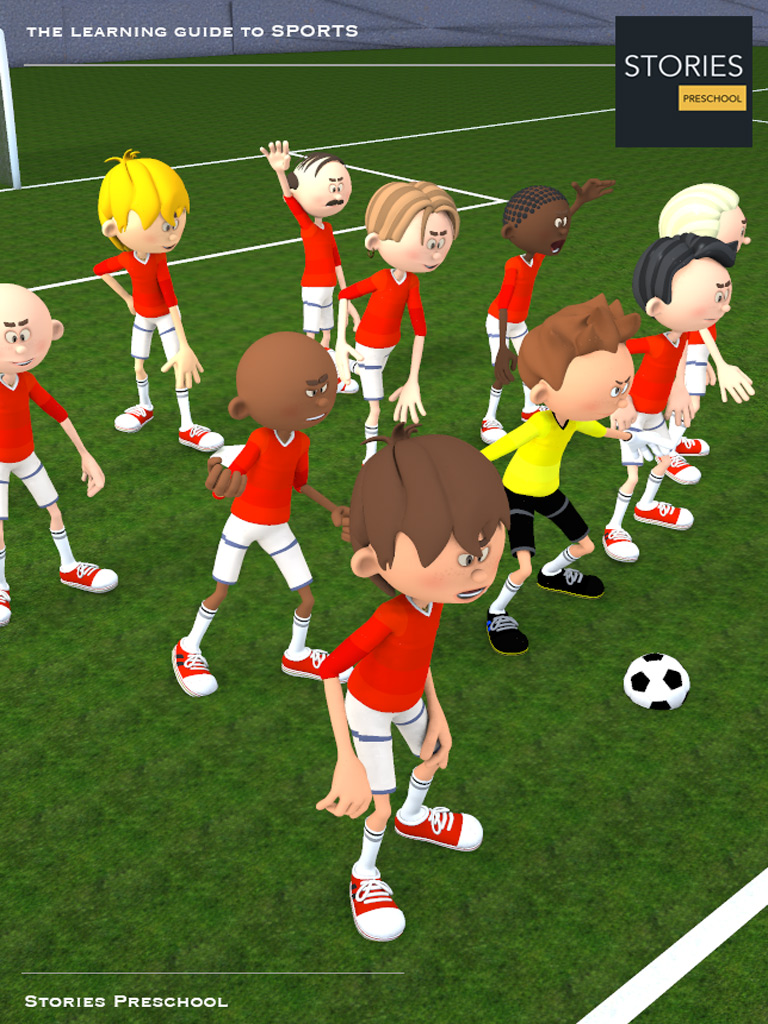Soccer
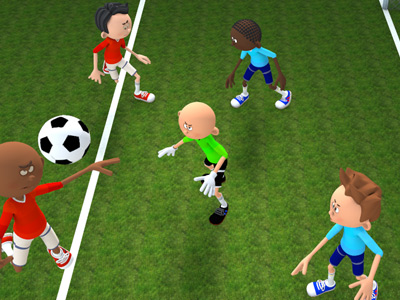
Winger
A winger (left winger and right winger) (historically called outside-left and outside-right, or outside forward) is an attacking player who is stationed in a wide position near the touchlines. They can be classified as forwards, considering their origin as the old outside forward who played out on the "wing" (i.e. side of the pitch). They continue to be termed as such in many parts of the world, especially in Latin and Dutch footballing cultures. However, in the English-speaking world, they are usually counted as part of the midfield having been pushed back there with the advent of the 4–4–2 formation which gradually rose to prominence in the 1960s, given the role additional defensive duties.
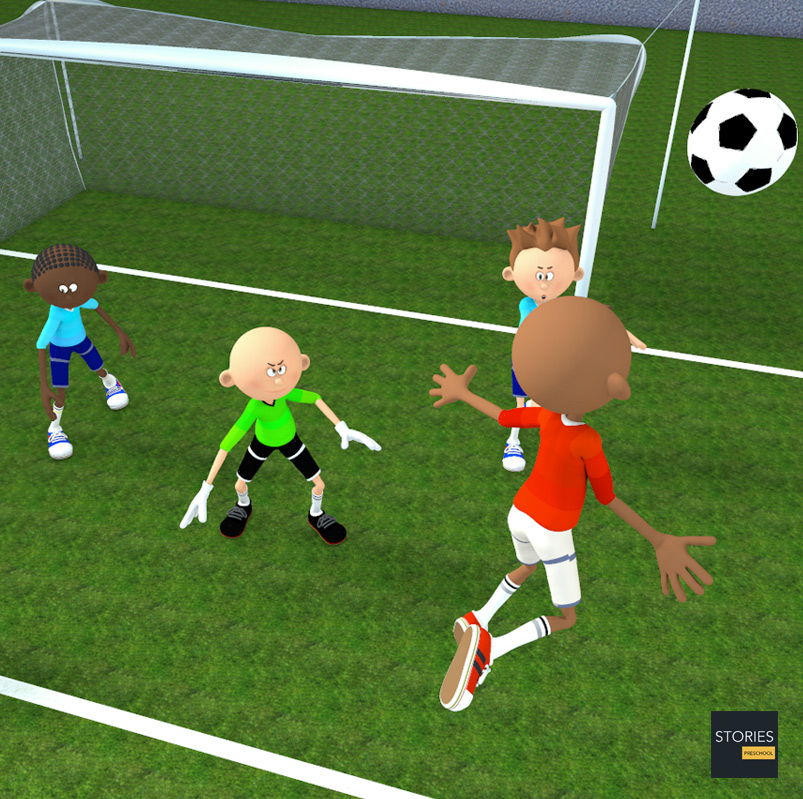
A winger's main attribute is usually speed which is used to attack and dribble past opponent's full-backs in order to get behind the defense and to then deliver crosses and passes into the centre for their attackers. Occasionally left and right footed wingers may swap sides of the field as a tactical move to enable the winger to cut inside against the opposing full-backs weaker foot, looking for a shooting opportunity or just as a means of opening up the defense. Clubs such as Barcelona and Real Madrid often choose to play their wingers on the 'wrong' flank for this reason.
Although wingers are a familiar part of football, the use of wingers is by no means universal, and many successful teams have operated without wingers. At the 1966 World Cup, England manager Alf Ramsey led a team without natural wingers to the title; this was unusual enough at the time for the team to be nicknamed "The Wingless Wonders". A more recent example is that of Italian club Milan, who have typically played in a narrow midfield diamond formation or in a "Christmas tree" formation (4–3–2–1), relying on attacking full-backs to provide the necessary width down the wings.
SPORTS
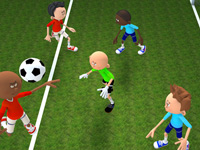
RESOURCES
This article uses material from the Wikipedia articles "Association football" and "Association football positions", which is released under the Creative Commons Attribution-Share-Alike License 3.0.
© Stories Preschool. All Rights Reserved.
